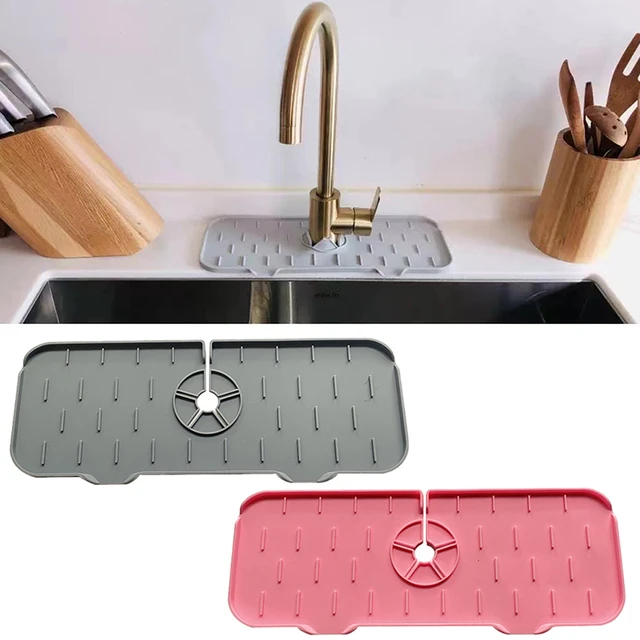What temp should you drip faucets
As winter approaches and temperatures drop, the risk of frozen pipes becomes a significant concern for homeowners. One commonly recommended method to prevent pipes from freezing is to allow faucets to drip. But what temperature should you drip faucets, and why is this necessary? This comprehensive guide will answer these questions and provide tips and best practices for protecting your plumbing during the cold months.
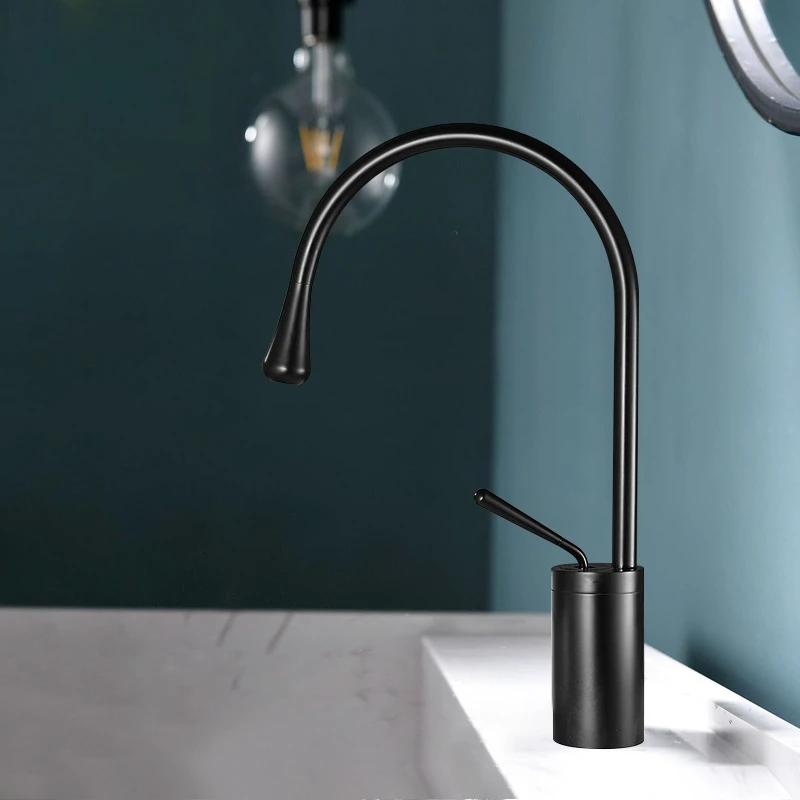 Some types of faucets:
Some types of faucets:
Mounting Type:
Deck-Mounted Faucets:
Installed on the countertop or sink.
Common in most kitchens and bathrooms.
Wall-Mounted Faucets:
Installed on the wall above the sink.
Provide a clean, modern look and free up counter space.
Freestanding (Floor-Mounted) Faucets:
Installed on the floor, often used with freestanding bathtubs.
By Handle Type:
Single-Handle Faucets:
One lever controls both water temperature and flow.
Simple to use and offers a streamlined appearance.
Double-Handle Faucets:
Separate handles for hot and cold water.
Classic look and allows for precise temperature control.
Touchless (Sensor) Faucets:
Activated by motion sensors, promoting hygiene.
Often found in public restrooms but increasingly popular in residential kitchens.
Touch-Activated Faucets:
Activated by touching the faucet spout or handle.Convenient for kitchens when hands are full or dirty.
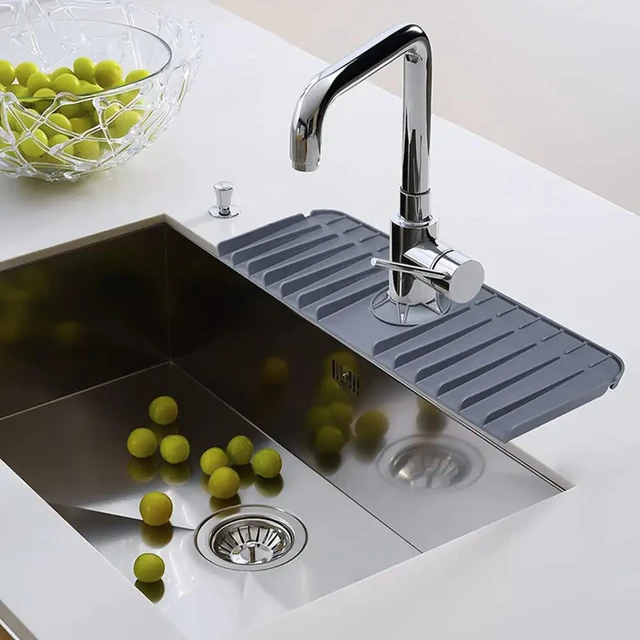 Function:
Function:
Pull-Down Faucets:
Feature a spray wand that pulls down into the sink.
Commonly used in kitchens for washing dishes and produce.
Pull-Out Faucets:
Similar to pull-down but the spray wand pulls out horizontally.
Versatile and often used in kitchens.
Pot Filler Faucets:
Wall-mounted or deck-mounted faucets with an extendable arm.
Placed near the stove for filling pots, reducing the need to carry heavy pots of water.
Bar/Prep Faucets:
Smaller in size, designed for secondary sinks or bar areas.
Offers the same functionalities as primary kitchen faucets but on a smaller scale.
Commercial Faucets:
Built for heavy-duty use, often with a high arc and a flexible spring neck.
Found in professional kitchens but also used in homes for a professional look.
By Style/Design:
Traditional Faucets:
Classic and ornate designs, often with intricate details.
Complements traditional or vintage kitchen and bathroom designs.
Modern Faucets:
Simple, sleek, and minimalist designs.
Usually feature clean lines and a contemporary look.
Transitional Faucets:
Blend of traditional and modern styles.
Versatile and can fit into various decor styles.
Industrial Faucets:
Functional and robust design, often with exposed hardware.
Inspired by professional kitchens and adds an industrial-chic look.
Spout Design:
High-Arc (Gooseneck) Faucets:
Tall spout with a high clearance, making it easier to fill large pots and clean larger items.
Common in both kitchens and bathrooms.
Low-Arc Faucets:
Shorter spout, typically have less clearance.
Suitable for smaller sinks and bathrooms.
Waterfall Faucets:
Feature a flat, wide spout that creates a waterfall effect.
Popular in modern bathroom designs.
Each type of faucet offers different advantages and may be better suited for specific uses or aesthetic preferences. When choosing a faucet, consider factors like functionality, design, and where it will be installed.
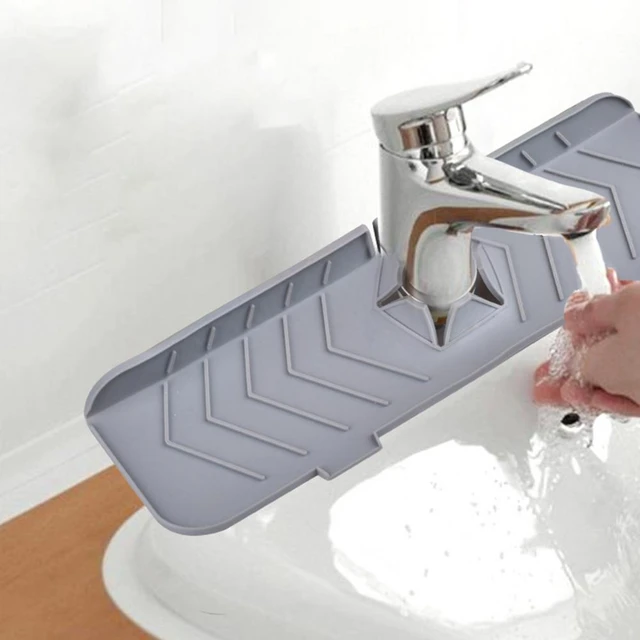 Understanding the Risks of Frozen Pipes
Understanding the Risks of Frozen Pipes
What temp should you drip faucets
Before discussing the ideal temperature to drip faucets, it’s essential to understand the risks associated with frozen pipes:
Why Do Pipes Freeze?
Cold Exposure: Pipes can freeze when exposed to temperatures at or below 32°F (0°C). This exposure causes the water inside the pipes to freeze and expand, increasing pressure within the pipes.
Insufficient Insulation: Pipes located in unheated or poorly insulated areas, such as basements, attics, crawl spaces, and exterior walls, are more susceptible to freezing.
Consequences of Frozen Pipes
Burst Pipes: The increased pressure from frozen water can cause pipes to burst, leading to significant water damage and costly repairs.
Water Disruption: Frozen pipes can block water flow, disrupting your water supply and affecting daily activities like cooking, cleaning, and bathing.
When Should You Drip Faucets?
Ideal Temperature to Start Dripping Faucets
32°F (0°C) and Below: It’s generally recommended to start dripping faucets when temperatures drop to 32°F (0°C) or below. This precaution helps prevent water inside the pipes from freezing.
Weather Conditions: Take local weather conditions into account. If you live in a region prone to sudden cold snaps or severe winter storms, consider dripping faucets at slightly higher temperatures (35°F or 1.66°C) to be safe.
Factors to Consider
Home’s Insulation: Evaluate the insulation quality of your home. Well-insulated homes might not need to drip faucets until temperatures drop lower, while poorly insulated homes should start dripping faucets sooner.
Location of Pipes: Pay attention to the location of your pipes. Pipes in unheated or exposed areas are at higher risk and might require dripping even at mild temperatures.
How to Drip Faucets Effectively
What temp should you drip faucets
Choosing the Right Faucets
Exterior Faucets: Start by dripping exterior faucets, as they are most exposed to the cold. Disconnect any hoses attached to exterior faucets to prevent freezing.
Interior Faucets: Focus on interior faucets connected to pipes running through unheated areas. Dripping both hot and cold taps can further reduce the risk of freezing.
Far-End Faucets: Drip faucets farthest from your main water supply line to ensure water movement throughout the entire plumbing system.
Setting the Drip Rate
Steady Drip: Aim for a steady drip—about five to ten drops per minute. This slow but consistent drip prevents water from sitting still in the pipes, reducing the risk of freezing.
Slight Stream: In extremely cold conditions, consider allowing a slight stream of water to flow. A continuous flow provides better protection against freezing.
Additional Preventative Measures
Dripping faucets is just one step in preventing frozen pipes. Here are additional measures to protect your plumbing:
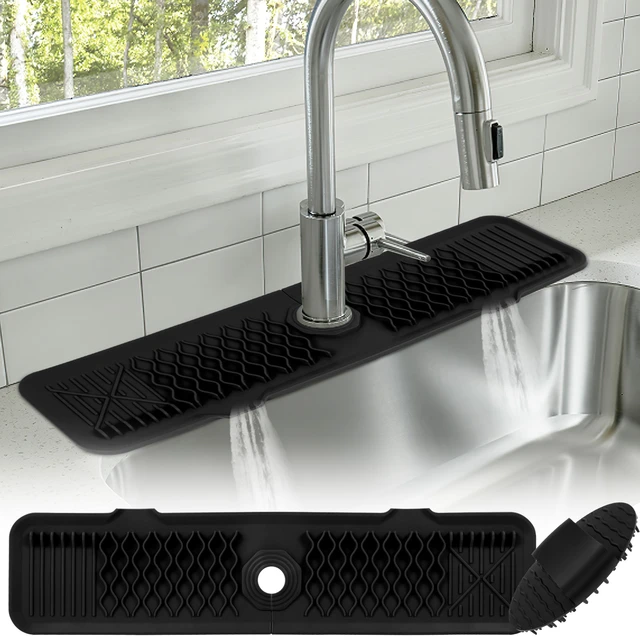 Insulate Pipes
Insulate Pipes
Pipe Insulation: Wrap exposed pipes with foam pipe insulation to provide an extra layer of protection against the cold.
Thermal Tape: Use electrical thermal tape for added insulation, especially for pipes in extremely cold areas.
Seal Gaps
Check for Drafts: Inspect your home for drafts, particularly near plumbing. Seal gaps and cracks in walls, windows, and doors to prevent cold air from reaching pipes.
Close Vents: Close vents leading to crawl spaces or attics to keep the cold out.
Keep Indoor Temperature Consistent
Thermostat Settings: Maintain a consistent indoor temperature, even at night. Set the thermostat to at least 55°F (12.78°C) to keep your home warm enough to prevent pipe freezing.
Open Cabinets: Keep cabinet doors open under sinks to allow warm air to circulate around pipes.
Properly Shut Off and Drain Outdoor Faucets
Shut Off Valves: Turn off the water supply to outdoor faucets and drain any remaining water. This reduces the risk of freezing and bursting.
Frost-Free Faucets: Consider replacing standard outdoor faucets with frost-free models, which are designed to prevent freezing.
Recognizing and Handling Frozen Pipes
What temp should you drip faucets
Signs of Frozen Pipes
Lack of Water: If water stops flowing from your faucets, it’s a clear sign that the pipes might be frozen.
Frost on Pipes: Visible frost on exposed pipes is a strong indicator of freezing.
Unusual Odors: If a pipe is partially frozen and the water supply is blocked, you might notice strange odors from the drain.
Steps to Thaw Frozen Pipes
Turn on Faucets: Keep the faucet open. As you treat the frozen pipe, the running water will help melt the ice.
Apply Heat: Use a hairdryer, heating pad, or portable space heater to thaw the frozen section of the pipe. Do not use an open flame, as it poses a fire hazard.
Warm Towels: Soak towels in hot water and wrap them around the frozen pipe. This helps gradually thaw the ice.
Start from Faucet: Begin thawing nearest the faucet and work your way towards the frozen section.
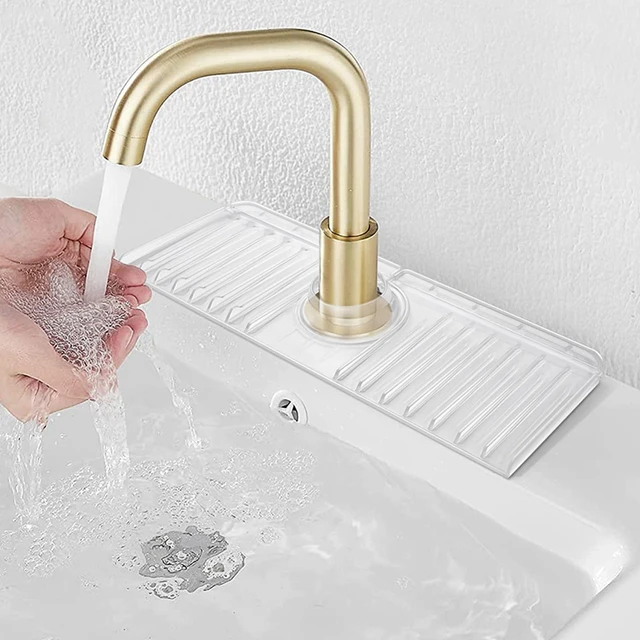 Preparing for Long-Term Solutions
Preparing for Long-Term Solutions
What temp should you drip faucets
While short-term measures like dripping faucets can effectively prevent frozen pipes, consider long-term solutions for consistent protection:
Upgrade Insulation
Comprehensive Insulation: Invest in comprehensive insulation for your home, including walls, attics, and crawl spaces, to maintain a consistently warm environment.
Install Heat Tape
Automatic Heat Tape: Install automatic heat tape on exposed pipes. This tape activates when temperatures drop, providing consistent heat to keep pipes from freezing.
Consult Professionals
Plumbing Experts: Consult with plumbing professionals for a thorough assessment of your home’s plumbing risks and the best protective measures.
Smart Home Devices
Temperature Monitors: Invest in smart home devices like temperature monitors and smart thermostats to track and maintain optimal indoor temperatures.
Leak Detectors: Use smart water leak detectors to get instant alerts about potential leaks, allowing for quick action to prevent major damage.
Conclusion
What temp should you drip faucets
Knowing what temperature to drip faucets and implementing additional preventative measures can significantly reduce the risk of frozen pipes. Start dripping faucets when temperatures hit 32°F (0°C) or lower, while also considering other factors like your home’s insulation and the location of your pipes.
By dripping faucets, insulating pipes, sealing gaps, maintaining consistent indoor temperatures, and taking proactive steps during extreme weather, you can protect your plumbing from the hazards of freezing and bursting pipes.
Remember, long-term solutions and regular maintenance will offer the best protection, ensuring your home’s plumbing system remains functional and safe throughout the winter months.
